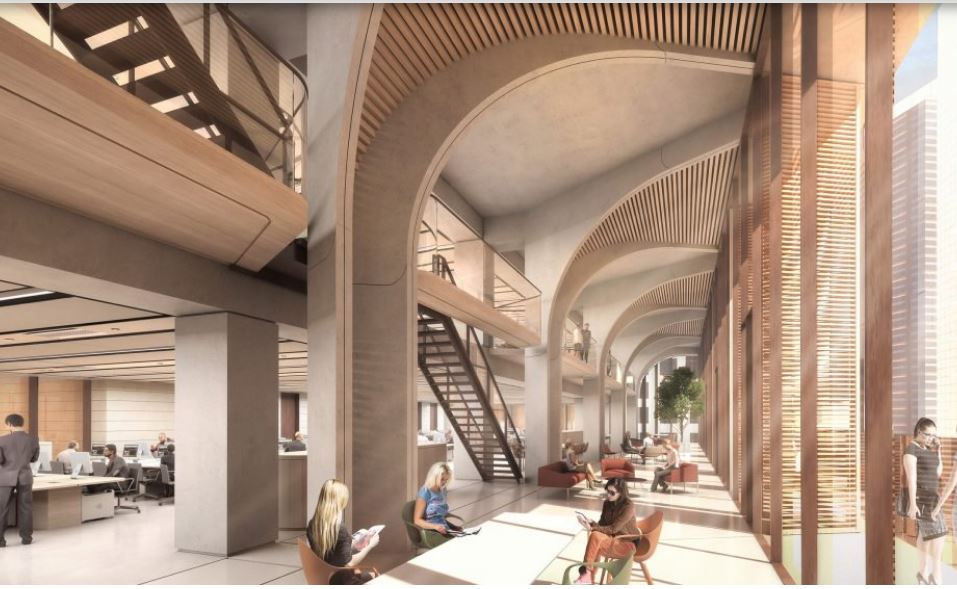
The Challenge for 2018 and Beyond – Designing for Millennials
Millennials have officially become the largest consumer group and they will shape our future in ways that no other generation has done. Their unique take on change is that they are the first generation to have never known life without the Internet.
Millennials are determined to experience everyday things in ways far different from previous generations. This is the generation that puts off marriage, many decide not to have kids and they are much more likely to become an entrepreneur. They also like to use the same space for more than one activity.
All of these facts about Millennials have a major impact on how to design an office or a home for a them. Their habits and behaviors point to minimal spaces that are highly flexible, making it imperative that the architect needs to tune in and create an environment that can quickly morph into a new one – in other words, combining innovation and flexibility to create a vision of the future.

Melding Design, Technology and Futuristic Ideas
Frank Lloyd Write once said that “Every great architect is – necessarily – a great poet. He must be a great original interpreter of his time, his day his age.”
When you look around in the 21st century, so can see how this is true. Trends in the past year have included commercial buildings with gardens on the roof, unusual building materials, very creative external designs and amazing colors.
“Going green” has taken on a whole new meaning with the continued and extended use of actually growing greenery as part of a building’s purpose.
Scott Clarkson, a spokesman for CSR a major building products company in Australia and New Zealand, says green roofs, walls and facades are appealing as a way of adding green infrastructure to a city because they can be included on new buildings or retrofitted onto existing buildings and require little, if any, space at ground level.




